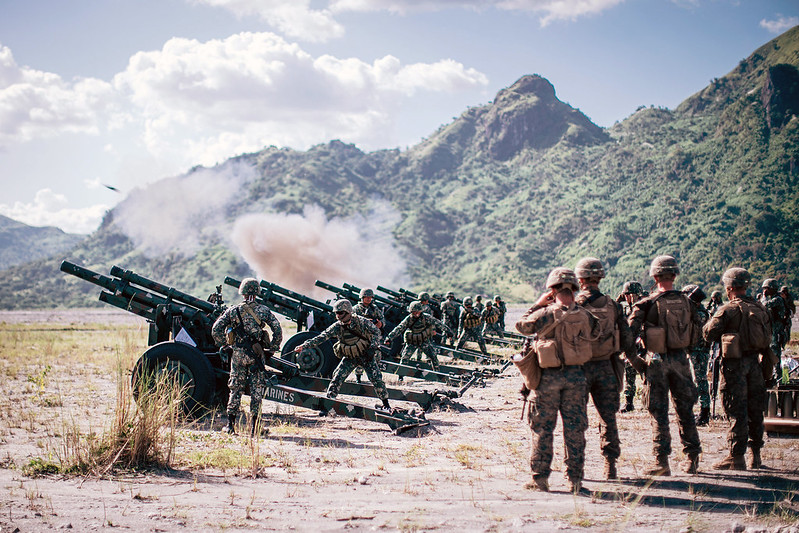
BANCASI, Butuan City – Two (2) CPP-NPA Terrorists (CNTs) who are survivors of the running gun battle against the government troops in Sitio Kalipay, Gingoog City surrendered to the 23rd Infantry (Masigasig) Battalion under the operational control of the 402nd Infantry (Stingers) Brigade last June 10, 2020 at Headquarters 23IB Jamboree Site, P-6 Brgy Alubihid, Buenavista, Agusan del Norte.
The surrenderers were identified as alias Michael and alias Niko (true name withheld), former members of Sandatahang Yunit Propaganda (SYP) Kingdom, Guerilla Front (GF) 4A, North Central Mindanao Regional Committee (NCMRC).
Since said clashes, government troops conducted combat operations and relentlessly pursued the remnants who survived the gun battles. These operations were complemented with constant dialogues and information campaign awareness with the Brgy officials, IP leaders, local residents and relatives of NPA members to entice them to surrender.
It can be recalled that troops of the 23rd Infantry (Masigasig) Battalion under the 402nd Infantry (Stingers) Brigade spearheaded the series of skirmishes on May 10 – 12, 2020 against more or less seventy (70) CPP-NPA Terrorists (CNTs) belonging to the Guerrilla Front (GF) 4A of the North Central Mindanao Committee after responding to reports from the local residents of the CNT’s presence and extortion activities in the area. Said skirmishes resulted to the killing of sixteen (16) CNTs to include four (4) top ranking communist NPA leaders that brought them to the brink of collapse.
Said CNTs revealed that they were devastated after recalling said incident where they fled towards different directions, disoriented and running away for their lives. “We’re in chaos”, this was the very short confession of alias Michael after an IP leader brought them to the 23IB Headquarters. He added that due to their defeat in said firefight that killed their top leaders, other remaining CNTs were dislocated and decided to lay low without any idea on how to rebuild their group as their masses have already ceased giving support.
Believing that there is no hope for them and embracing the fate they took when they surrender to the troops, alias Michael and alias Niko revealed an arm cache hidden along their escape route and led the 23IB troopers to its location at the mountainous area near the encounter site in Gingoog City, Misamis Oriental.
The troops successfully recovered four (4) high-powered firearms namely: one (1) AK47 rifle, one (1) M14 rifle, one (1) M16 rifle, and one (1) M1 Garand rifle; numerous magazines and ammunitions; assorted medicines; subversive documents; and, other personal belongings.
Since January 2020, a total of forty-four (44) CNTs and eight (8) members of UGMO and its supporters have surrendered and returned to the folds of the law while nineteen (19) were killed and nineteen (19) apprehended during combat operations and support to law enforcement operations, respectively.
In his statement, Brigadier General Maurito L Licudine AFP, Commander of the 402nd Brigade said, “The CNTs operating in the boundary of Agusan del Norte and Misamis Oriental is in the brink of collapse. Presently they are leaderless and in disarray. We will relentlessly pursue them to either decimate them or force them to surrender.”
[Kalinaw News is the official online source of information on the pursuit for peace in the Philippines This website is a property of the Civil-Military Operations Regiment, Philippine Army located at Lawton Avenue, Fort Bonifacio, Taguig City. Contact us: kalinawnews@cmoregiment.com]
https://www.kalinawnews.com/2-npa-remnants-of-gingoog-running-gun-battle-surrender-to-23ib/

















